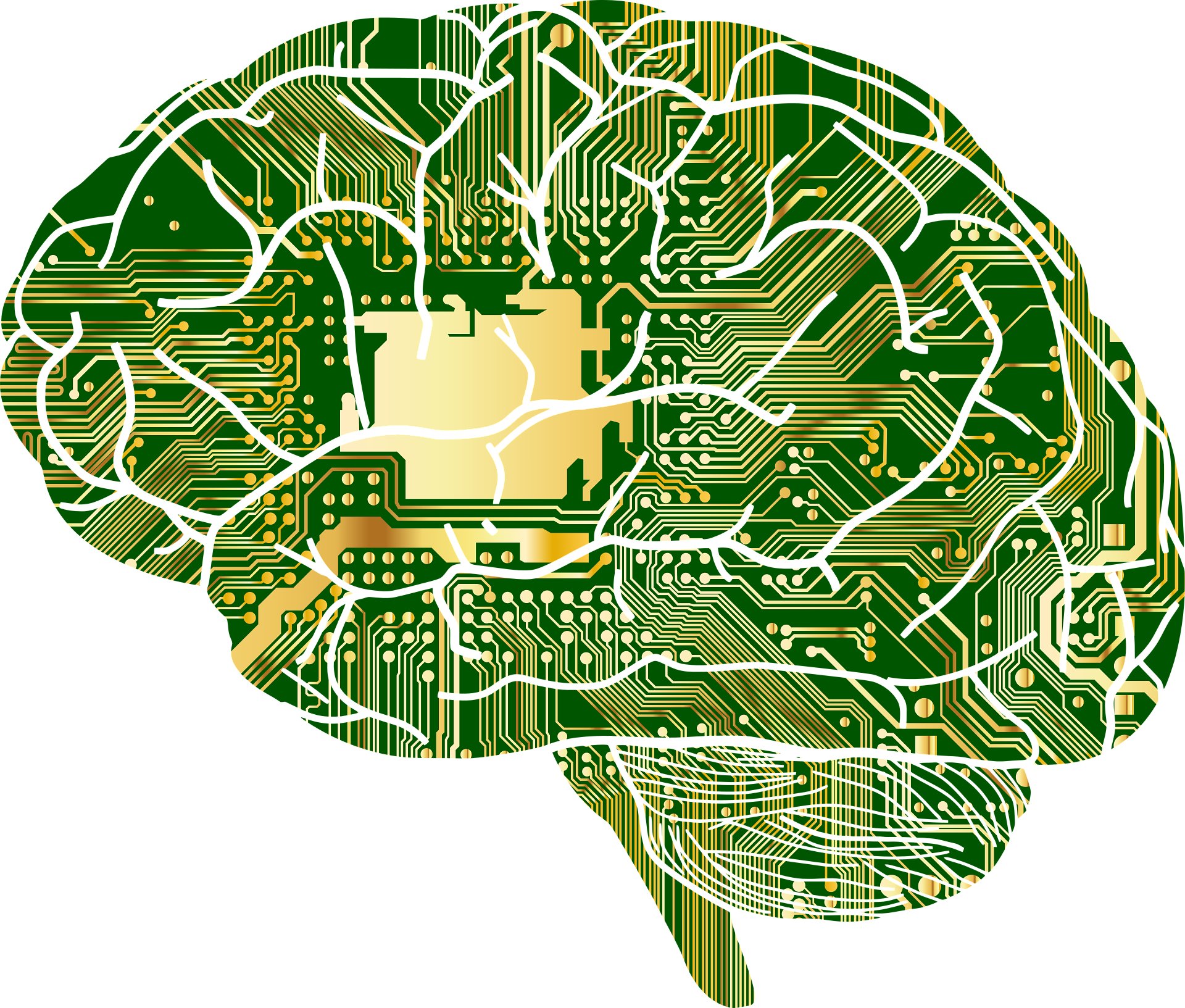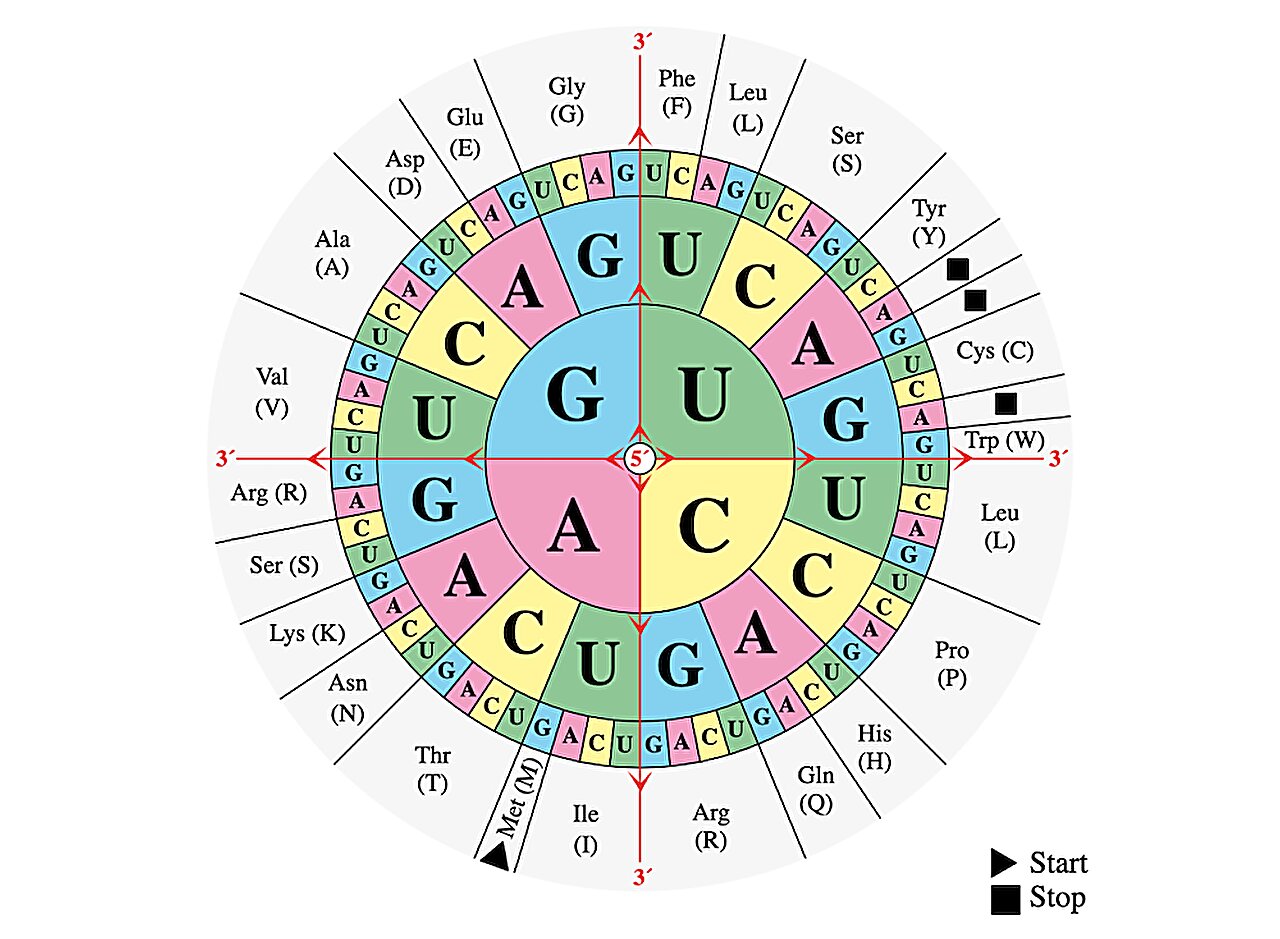To continue trying to explain my paper. I left off answering what is formula (1)?
Here at the beginning of section 2, I am just trying to say I want to start with Euler's infinite product (the result that he derived from the infinite summation series of inverse naturals / the harmonic series) and I want to attempt to prove to myself that I can reverse the process and start with the infinite product result and recover the harmonic series (what Euler started with).
In section 2.1 I am just trying to state what condition(s) must exist to falsify this reverse process.
2.1 Falsification criterion 1, is simply saying that if I cannot recover/re-create all elements of the inverse naturals / harmonic series, then Euler's theorem 7 cannot be true.
2.2 Falsification criterion 2, simply says that I can recover all elements of the inverse naturals / harmonic series, but in addition to that, Euler's infinite product also creates at least one number that is not a member of the harmonic series / all inverse natural numbers, then Euler's theorem 7 is false.
If either of these conditions are true, then Euler's theorem 7 is false.
In simple terms I am saying that if I reverse a process I should be able to get back exactly what I started with. If I get back less than what I started with, then something is wrong. Also if I get back more than I started with, then something is wrong.
2.3 The Euler product is a product of prime power series.
Here in section 2.3 I am trying to prove to my 14-15 year old self that Euler's infinite product result can be written as an infinite product where each term of the infinite product is an inverse prime power series. I am very visually oriented and I am 14 years old and I want to go through the logic that tells me, yes, Euler's infinite product can be represented as an infinite product of inverse prime geometric power series.
I end up demonstrating to myself that yes the Euler product can be represented as an infinite product where each term is an inverse prime geometric power series. That result is identified by label (2). Label (2) is the same thing as Label (1), it is just Euler's infinite product written as an infinite product of inverse prime geometric power series.
All of that, getting from Label (1) to Label (2) is simply expressed in the external linked document (Post
#446 ) by balloon callout (3).
The equation / formula in balloon callout (3) on the left side is the infinite summation series of inverse naturals numbers (the harmonic series) and it is equal to on the right hand side an infinite product of inverse prime power series.
So in my 14 year old mind I have shown myself that callout (3) in the external reference is indeed true. In my paper I went From Label (1) to Label (2) to show that the harmonic series = Euler's infinite product = an infinite product of inverse prime geometric power series.
The only difference between the result in the external reference callout (3) equation right side infinite product of inverse prime power series and my representation in Label (2) of my paper, is that the external reference writes each term of the infinite product of inverse prime power series horizontally and I write each term of the infinite product of prime power series vertically.
The right side of external callout (3) written in my paper at Label (2):
I prefer this vertical representation visually of Euler's product because it makes it easier visually for me to see the models I want to use for trying to recover all term/elements of the harmonic series. I want to use the above visual representation as one method by tracing distinct / unique multiplicative distributive paths that align with the second method, infinite multiplicative sequences.
The values for for each term of an infinite multiplicative sequence lines up with each term or column per se of the above infinite product of prime geometric power series. It makes it easier to see each representation.
Here I will once again refer to the external reference document which I have in Post
#446, and balloon callouts (1) and (2).
Callout (1) is the infinite canonical form of factorization of any natural number (positive integer).
Callout (2) is the infinite canonical form of factorization of any inverse natural number (inverse positive integer).
I have one issue with the terminology above and that is with the phrase in paratheses
(all but a finite number being 0). To me that statement is difficult to understand. It is saying, all exponents being equal to zero, except for a finite number of terms not being 0. I would say it as (with a finite number of exponents being non-zero), that means in the infinite sequence you can only have a finite number of the infinite terms raised to power/exponent that are not a value of 0, as that is the actual the definition of a natural number. A natural number is finite. If it had infinite terms in its canonical factorization form where the exponent was not 0, then the number would not be finite, it would be an infinite number, not a natural number.
The infinite multiplicative sequence or infinite product representation of every natural number (positive integer) tells us that every natural number represented in this way has what I will call a signature. To represent every natural number as an infinite product (By the Fundamental Theorem Arithmetic) tells us that in that infinite rightward progression of terms (the next prime raised to a power of either 0 or a positive integer value), that somewhere in that infinite progression to the right, all exponent values must be 0. If you think of the largest positive integer you can think of and you factor it in its canonical infinite form, it will have some largest prime number raised to a power/exponent that is not a 0, but after that every prime in the infinite product will have an exponent of 0. This is the signature of every natural number (positive integer). The Fundamental Theorem of Arithmetic requires it by definition.
In the externally linked document, callout (2), all the same rules apply for the infinite canonical representation of factors in the inverse natural numbers. The only difference is, for the exponents we are using 0 or a negative integer value rather than a positive integer value. So we have a similar type of signature available in the inverse natural numbers.
Back to my paper, we are basically at
Remark 3. In Remark 3, I am once again talking to my 14 year old self trying to understand the Fundamental Theorem of Arithmetic and this idea that every natural number or inverse natural can be represented as an infinite multiplicative sequence or infinite product in this infinite canonical factorization form and it leads to a contradiction that I see and that I am trying to express in sections 2.4 and 2.5.
In my next post I will try to express that contradiction and it really comes to the point of my entire paper, of what I am trying to understand, and why or why not what I see is true.




